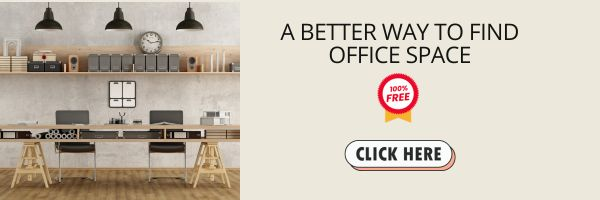So, you’re aware that moving your product or material requires an efficient conveyor system. But, how can you tell if a conveyor is efficient? Also, how can you be confident that a machine already designed would work for your company? The easiest option is to hire a professional to design a bespoke system that fits your application perfectly.
The design of a conveyor system need not be complicated; even with a simple design, your automation line’s efficiency can be enhanced.
Conveyor Systems
In addition to transporting products from A to B, a conveyor system has additional uses, such as sorting, chilling, and screening. A high-quality conveyor is an asset to any company, whether you’re in the recycling, bulk processing, or metal casting industries.
Design of a Belt Conveyor
The following parts comprise a basic transfer belt conveyor system: a drive and tension mechanism for the flat belt, a transmission chain, a mechanism to place the work, and a system of sensors to detect work and manage the drive.
An essential part of any conveyor system is the mechanism for adjusting the belt tension. Here, the belt is held in place by the pulleys, and the bearing holders are placed on a roller plate. The belt alignment is maintained by the adjustment mechanism, which consists of a bracket for an adjusting screw and a block for positional adjustments. Driving the belt pulley is a chain-driven power transmission mechanism that transfers torque from the gearhead induction motor. A transfer conveyor belt’s typical speed is slow and steady.
Building a Vibratory Conveyor
Using vibration, a vibratory conveyor system facilitates the transfer of items from one place to another. Conveyors typically have a smooth metal trough as their surface, which makes them more durable and suitable for transporting hot products.
There is a wide range of customization options for vibratory conveyors. The material is moved in the desired direction by vibrating the trough, which is connected to a network of reactor springs and an angled driving connection. It is possible to categorize vibrating conveyors according to their design and the tasks they perform.
Considerations for Conveyor Design
The following requirements must be considered during the design phase of your conveyor system:
- Rate of Performance
- Maximum limit on load capacity
- Expressing Rapidity
- Trough size
- Material
- Driving site
- Removable liner or replaceable trough
Obtaining the most effective conveyor system for your requirements requires careful consideration of these characteristics.
Different Sorts of Conveyors
A few examples of conveyor systems are vibratory, belt, roller, powered roller, magnetic, apron, and bucket. More options are available as well. When choosing a conveyor system, you need to think about the product or material you’re moving because it will tell you what kind of system will keep your goods safe. Additionally, consider the features your system requires from the products or materials.
Is feeding or conveying necessary for your conveyor system?
Describe the setting in which you intend to implement this system.
Is it a building?
Is it a factory?
The great outdoors?
It is important to inform the manufacturer of any potential environmental factors that could affect the design of your system, such as humidity, temperature, and the presence of any dangerous or combustible chemicals in the region.
Simply put, a belt system transports goods by belts. Assuming the weights are manageable, the belt is looped between two pulleys and rests on rollers or a metal slider pan. Motors with reduction gears that allow for constant or variable speed supply the power for belt conveyor systems. Rubber, leather, plastic, cloth, and metal are just some materials used for belt conveyors, which can be employed horizontally or at an angle. Every product’s unique characteristics dictate the material type chosen for transportation.
One advantage of conveyor systems is their adaptability. Vibratory conveyors come in various lengths and incorporate techniques to suit different applications. Depending on the application, vibratory conveyors can regulate the temperature and coat or dry the products as they move through the process. Vibration spiral conveyors can do the same job of raising or lowering goods.
Design Hints for Conveyors
Follow these guidelines regardless of whether you’re using a belt, roller, overhead, or chute conveyor system:
1. First and foremost, safety must be prioritized.
You would like conveyor systems not to contribute to the ambient noise because they are typically situated in already active areas. Putting up a flat-stroke vibratory conveyor of an aging chain conveyor is one approach. Flat-stroke patterns and troughs that deaden noise achieve a silent and smooth material flow.
2. Make efficient use of the available area
When used properly, conveyors may efficiently use otherwise unused space, making them invaluable assets for tasks like loading and unloading products. Conveyors with a vibratory spiral design not only reduce floor space but also chill materials as they move them.
3. Remain straightforward.
Robots and other highly automated systems have their uses, but they can sometimes be prohibitively expensive and difficult to use.
4. Get setup and troubleshooting down to a minimum.
By integrating with a monitoring program, conveyors may frequently offer pre-programmed routines, significantly reducing maintenance and troubleshooting time.
5. Set your budget.
Before making a purchase, compare the prices of new, retrofitted, or refurbished conveyors to ensure you get the best deal.
In the end!
By keeping the aforementioned ideas and principles intact, no matter how you construct your conveyor, you can ensure the most efficient system for your product or material. However, it is pivotal to determine the nature of your industry before selecting a suitable conveyor design.


